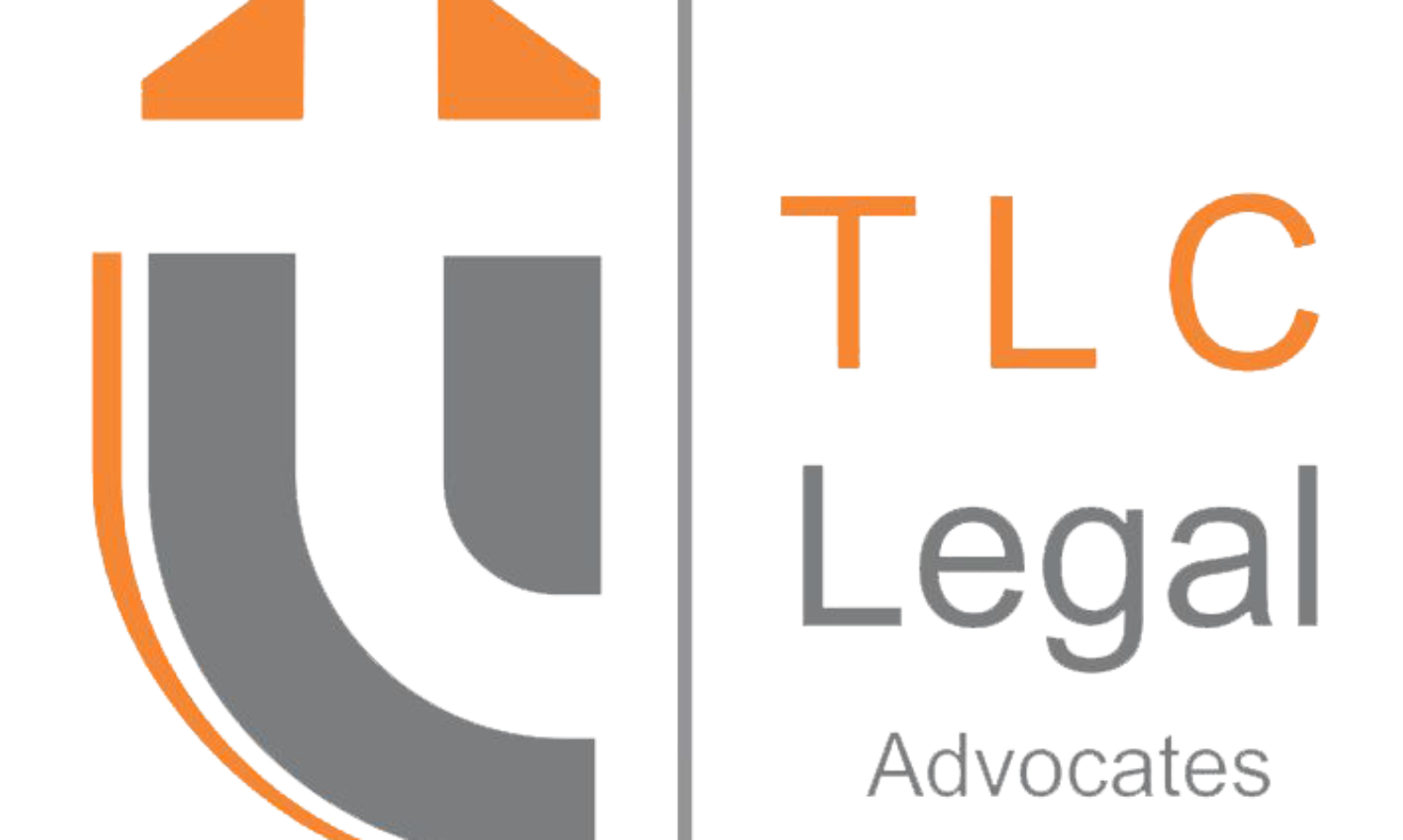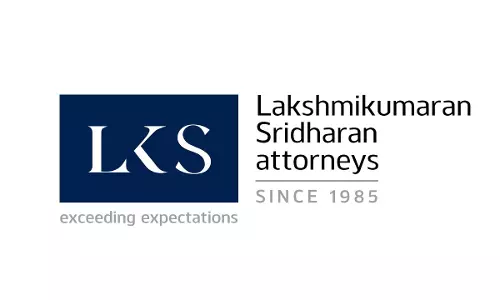CESTAT Decision In Case Of Reliance Jio Infocomm Limited On Tower Credits

TLC Legal is pleased to share a recent judgement of the Customs, Excise and Service Tax Appellate Tribunal (CESTAT), holding that CENVAT credit is available on telecommunication (telecom) towers, as "inputs" and "capital goods", and that the telecom towers are not "immovable property". The matter was argued by Senior Advocate, Shri Rafique Dada, assisted by Shri Zuber Dada and the team at TLC Legal comprising of its Managing Partner, Shri Vipin Jain, assisted by Shri Vishal Agrawal, Senior Partner and Shri Kartik Dedhia, Senior Associate.
The judgement is rendered in the facts of the Company, Reliance Jio Infocomm Ltd., engaged in the business of providing telecom services to its users across India. For this purpose, it erected telecom towers across the country for providing 4G LTE services and procured various goods and services for the purpose of setting up these towers, on which applicable Excise Duty/Service Tax was paid. The Company availed CENVAT credit of such taxes paid on the goods and services used for setting up its telecom towers.
Right from the beginning, the tax authorities disputed such credit on telecom towers availed by the company on the ground that the telecom towers constitute an "immovable property", and since ITC cannot be availed on goods and services used for "construction" of telecom towers, benefit of ITC was denied. Therefore, the company had reversed the said ITC "under protest". Later, when advised, the company filed a refund claim of the ITC so reversed. However, the tax authorities rejected the claim of refund of the company on the ground that the telecom towers were "immovable" and the credit of the same was not allowable to it, resulting in filing of the appeal to the CESTAT.
The company argued that the telecom towers erected by it for provision of 4G LTE services are different from conventional telecom towers inasmuch as they do not constitute "immovable property", and are secured to a foundation structure using "nuts and bolts" assembly, thereby rendering them "movable". These factual aspects, including the difference in design between the company's telecom towers and conventional towers were explained to the CESTAT, thereby sidestepping the limitation against availing credit in respect of "immovable property".
In the pre-GST regime, there are conflicting judgments of the High Courts on the issue and this significantly complicated the matter. The greatest challenge was that the jurisdictional High Court of Bombay had taken an adverse view, albeit in the case of Bharti Airtel Limited and Vodafone India Limited, who offered 2G and 3G services. However, since the telecom towers set up by the Company are different from the towers which formed the subject matter of the aforementioned decisions, such judgments of the Bombay High Court did not squarely apply to the facts of the Company's case. It was also argued that the towers in the case of Bharti Airtel and Vodafone were "admittedly" embedded into the earth and thus "admittedly immovable", which is not the case in the present matter.
Accordingly, the CESTAT has distinguished the two adverse judgments of the Bombay High Court and held that the company's telecom towers were architecturally different, in that, they were movable, since they are all installed above the ground, on a foundation using nuts and bolts, unlike the towers of Bharti Airtel and Vodafone India in the 2G/3G era, where at least some part of the towers was embedded in the earth. The CESTAT thus held that the company was justified in availing ITC on the telecom towers and was entitled to the refund claim of the said ITC which was reversed "under protest".


